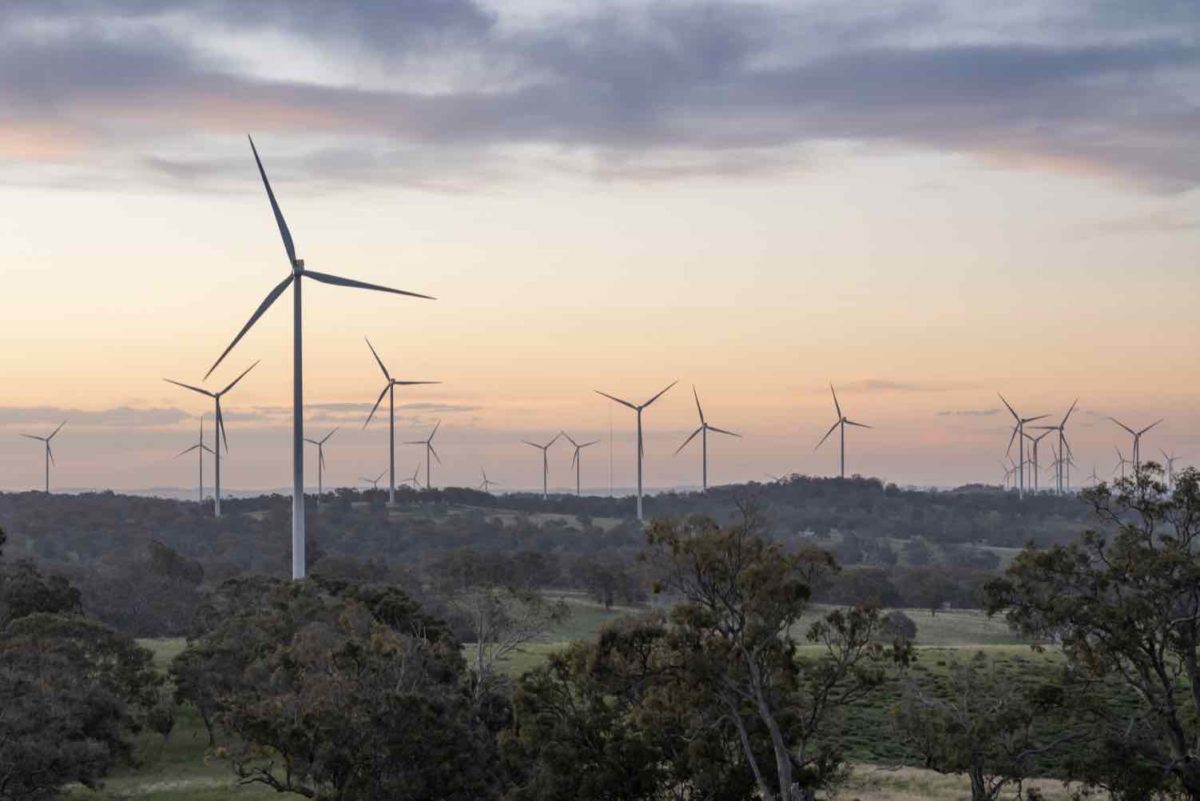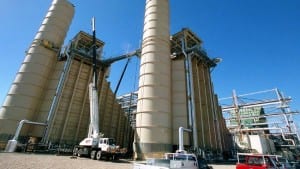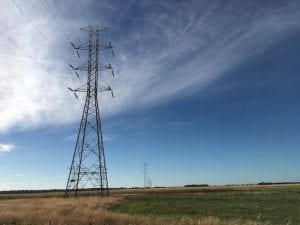For all its talk about the speed of the renewables revolution, and its ambitious federal and state renewable targets, Australia looks set to record its smallest amount of new capacity additions for five years in 2022
According to a newly released quarterly wholesale markets report by the Australian Energy Regulator, new additions in the September quarter were limited to just two solar farms and a small grid-scale battery, for a total of around 250MW.
“New capacity has slowed in 2022 and is expected to have the lowest volume of new entry in 5 years,” the AER says in its report.
It notes that 1,600MW of new capacity is expected to enter by the end of the year, while a total of 670 MW will have exited, and the prospects of a significant increase in 2023 are not great either.
“Looking forward, anticipated new entry in 2023 is not very high, especially if the planned completion of Kurri Kurri and Tallawarra B gas power stations are delayed,” it notes.
The observations contrast with the myriad of large scale wind, solar and battery announcement over the last few months, along with the newly set targets for Australia (82 per cent renewables by 2030), Victoria (95 per cent renewables by 2035), and Queensland (80 per cent renewables by 2030).
The Australian Energy Market Operator says there are lots of projects in the pipeline, with more than 100GW of total inquiries, and more than 21.6GW working through various stages of construction, commissioning, and connection application.
But the reality is that new capacity additions have slowed dramatically, and that is a major problem for the country as it sets new assumptions about the rate and scale of coal generation exits over the next decade.
It has become a major focus of the split in the AGL board between the existing directors who warn that keeping to a 1.5°C scenario (i.e. closing coal fired power stations early) will risk the lights going out, and new directors urging for a quicker transition.
No one, however, is arguing for coal capacity to be closed before new wind, solar and storage is built to replace it. NSW has embarked upon the first of multiple tenders to ensure that capacity is in place, and created new renewable energy zones, but new infrastructure, including transmission, is needed.
The AER says that at least six new big battery installations (totalling 700 MW, with various levels of storage) are anticipated next year, which will bring in additional system strength, solar-soaking and firming capacity.
At the same time, the last 3 units totalling of the ageing Liddell coal generator will close in April, and the Osborne gas power station (180MW) in South Australia also is expected to close in December 2023.
Curiously, and unfortunately, the AER state in the same section that: “It is important to bear in mind that the capacity factor of Liddell is many times that of new wind and solar.”
No, it’s not. It is yet another example of the AER stating something that is simply not true, particularly about capacity factors, as we noted from the last quarterly report. See: Australia’s energy regulator struggles with reality of variable wind and solar
For a start, the capacity of the remaining Liddell units is not 500MW, or a total of 1500MW. That was its registered capacity when first built but its units were derated many year ago – because they were ageing – to 420MW, or a total of 1,260MW.
On top of that, its capacity factor in the last 12 months was less than 50 per cent. Yes, that is more than wind and solar, but it is not “many times” more. The capacity factor of some of the best new wind farms is around 40 per cent, or even more, and for large scale solar it can be around 30 per cent.
For the record, the Mt Piper coal generator in Lithgow has also been operating at a capacity factor of around 50 per cent in the last 12 months, in its case the result of mechanical problems and shortages of coal.
Even the biggest coal generator in the country, the 2.8GW Eraring coal generator which is due to close in 2025, has had an average capacity factor of just 46.8 per cent in the last 12 months, according to OpenNem – again due to coal supply shortages and flooding that stopped deliveries.
The biggest wind farm in the state, the 270MW Sapphire project in northern NSW, (pictured above) operated at an average capacity factor of 36.6 per cent in the last 12 months. But many new wind farms, with bigger turbines, are looking at much better capacity factors, some as much as 50 per cent.











